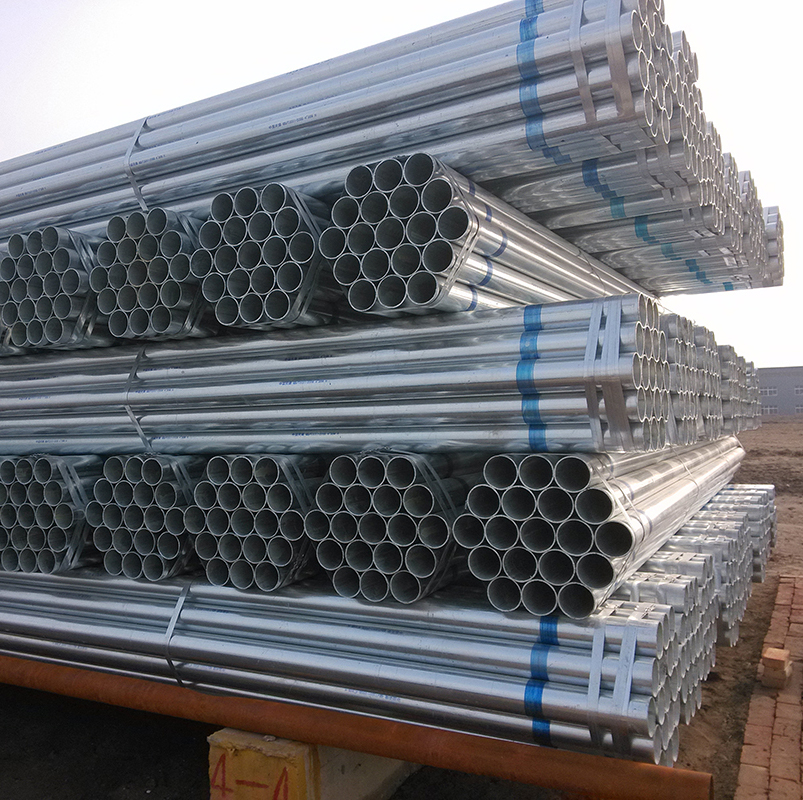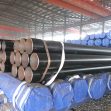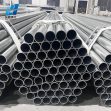How to select the proper coating for welded steel pipes in pipeline projects
Today, welded steel pipes have been widely used in pipeline projects around the world. However, corrosion is a big problem. It predominantly affects pipeline made of metals such as copper, aluminum, cast iron, carbon steel, stainless steel and alloy steel pipes used for buried, underground, submerged or other pipelines. That makes designing and selecting the best available systems and materials for pipelines and their corrosion protection systems an extremely important issue for the oil and gas industry.

In the current steel pipe market, round steel pipe is generally used in some large pipeline projects in the world. As a rule, pipeline corrosion is the deterioration of pipe material and the related system due to its interaction with the working environment. It affects pipeline and accessories made of both metals and non-metals. Pipeline corrosion—and the related catastrophic failures that it can cause—cost billions of dollars to the economy. Federal regulations also require that all high-risk pipelines carrying oil, gas or other hazardous substances incorporate reliable and effective pipe materials and coatings, as well as cathodic protection. Here we’ll take a look at the key types of corrosion that affect pipelines, and some of the methods that are used to protect this infrastructure.
Technically speaking, different types of coatings designed to mitigate corrosion include plant-manufactured systems as well as the tapes applied at a construction site. For example, the application of sprayed thermal coatings, such as hot dipped galvanized steel pipe, is advantageous in submerged piping systems. These coatings offer corrosion protection under varying environmental conditions at a low cost. For very-high temperature pipes, refractory linings, polyurethane linings, metallic coatings and concrete-mortar linings are used. In the case of an impressed current protection system, a calibrated current is superimposed on the piping structure by means of a dedicated power supply consisting of a rectifier-transformer connected to a local utility power source. This is connected to an anode buried in the ground.
Although corrosion is the greatest danger to buried steel pipeline, and uncontrolled corrosion of welded pipe wall leads to leaks, service interruptions and even explosions, corrosion can be minimized by selecting suitable systems and materials at the design stage. In the recent years, China steel pipe manufacturers are committed to developing advanced and effective protection system for welded steel pipe used in pipeline projects. For instance, cathodic protection systems facilitate the continuous monitoring of pipelines. While you are planning new pipelines, the advanced methods of monitoring and protection should be incorporated in pipeline projects.
Tel: +86 18202256900 Email: steel@fwssteel.com










